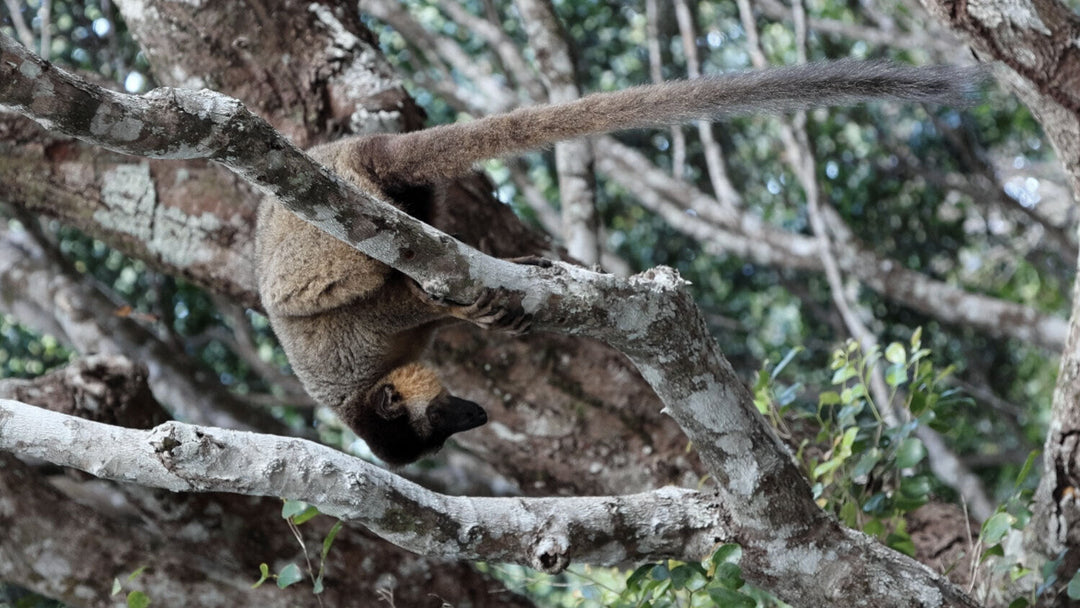Camera trapping in a mid-Wales garden
This guest blog comes from Clare Jowett, a long-time camera trapper and wildlife recorder living in mid-Wales, with a rather special garden...
From an early age, I wanted to live in a garden with plenty of wildlife – and for the last 25 years I have been lucky enough to do so. We have two acres in Mid-Wales, bounded by a railway line and a small stream, so there are plenty of intersecting wildlife corridors. My husband has been recording the bird life here for almost 40 years, and when I moved here, I started to record the mammals, and increasingly, everything else. We have a garden list of well over 100 species of birds, and 26 mammals, not to mention the insect life which I am busy trying to get to grips with. I think you could say I am a wildlife obsessive. I used to wonder about all the things we missed – the secretive birds who slipped by unnoticed, and the nocturnal mammals who left tantalising signs of their presence.
About 8 years ago, my husband bought me my first camera trap, and I was hooked. It was great to be able to capture images of foxes and badgers on their nightly ramblings. However, the quality of the first camera was poor, with a slow trigger speed so often I had images of nothing at all. In addition the badgers used to delight in knocking into the trap, presumably because they could see the LEDs.
I soon progressed to more sophisticated models – and now have a number of Bushnell models throughout the garden. A lot of our interesting wildlife is filmed along the stream including otters and mink (unfortunately), but stoats and weasels use the stream edge too.
We have water birds including kingfishers and herons which feed on the sticklebacks and bullheads. I was very pleased with this footage which was filmed with a Bushnell NatureView with the close up lens attached.
I do have to remember to check the weather forecast carefully as a sudden downpour runs the risk of submerging cameras. Fortunately, I have not yet had a camera swept away, but I can tell you that they continue to record whilst under water; however viewing countless images of murky floodwater is not a rewarding experience.
I still remember the excitement when I first captured an otter on film. Of course, I knew they were there, having seen their spraints, and even, on one memorable occasion, having a very close encounter. I came face to face with it early one morning and I am not sure which of us was more surprised. I was incredibly lucky to see it because in the hundreds of times I have captured otters on camera since, there have been only 5 daylight visits (and three of those were last year, perhaps suggesting a less timid individual).
One summer evening, I was reading in the house and heard a loud squeaking from the direction of the stream. I guessed it was an otter and cub and when I checked the footage the next day, I was thrilled to have captured this footage of an otter cub.
A few years ago, the otters were visiting two or three times a week but since I got my newer camera traps with much improved night time recording, the otters have been infrequent visitors to the garden.
We have a badger sett in one part of the garden with a couple of outlying setts too, which results in lots of footage of badgers. They are not usually above ground in the day, but occasionally they appear including this badger in the recent snow.
It is fun to watch badger behaviour – from digging, transporting bedding, grooming and scratching, cubs, fighting and mating. Here is a recent bad tempered encounter – and listen to the noises they are making!
Polecats are around and I occasionally see them late at night. We once watched a family in the broad daylight tumbling down the grassy railway embankment and into our raspberry canes. But they have proved challenging to capture on camera. I only had 15 clips from the first 7 years of trapping (none of which were very good) – but in the last year, I have recorded 31 clips. I am not sure if this is because newer cameras have faster trigger times, or whether I’ve got better at trap placement. Or, or course, it could be that I’ve got more traps, or just maybe they are becoming more common. They do seem to like investigating badger setts, which is where most of my clips have been recorded such as this one:
The highlight of my weekend is doing the rounds of my camera traps to see what has turned up in the previous week. I use Eneloop rechargeable batteries otherwise it would cost me a small fortune in lithium batteries and these work well, usually lasting at least couple of weeks between charges, depending on the activity levels.
So, have we added species to the garden list as a result of camera trapping? Indeed we have. An early camera trap recorded a roe deer – not common in this area, and we had never seen one before. It stepped into the picture, and then stepped out again. Perhaps the most surprising bird was a water rail, which was recorded on the stream over a couple of days – not a typical habitat for this secretive species. We have also added snipe, and a pair of mandarin ducks. And just this week, I said to my husband that it was high time a goosander appeared on the stream. He poo-pooed the idea as he thought the stream too small. Imagine my delight when the very next day, a review of the camera trap footage revealed a male goosander clambering up the small waterfall near the house!


